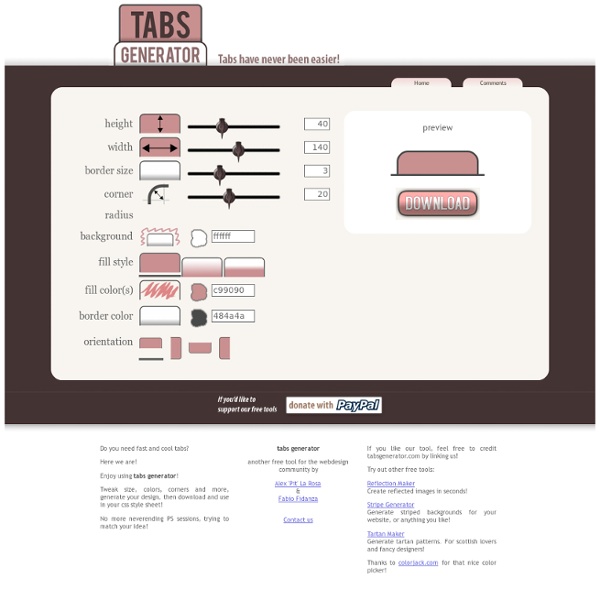



Winning Customers -- The Pinterest Way! In just a couple of years, Pinterest has established itself as the third largest social networking website, behind Facebook and Twitter (and ahead of the likes of Google+). For a website that is still in relative infancy, such a record is definitely commendable. The question that now arises is, can we harness Pinterest’s popularity to promote our online ventures? In other words, just as we employ Twitter and Facebook to create an online identity of our businesses, will it be possible to make use of Pinterest and reach our customers and clients using it? Of course, we can! What makes Pinterest so popular? The popularity of Pinterest can be attributed to: Catering for people’s need and desire to learn, acquire and share things of interest. Ok, so how does Pinterest work? The basic mechanism is simple: I like something, I share or ‘pin’ it, my friends with similar interests pick it up and re-share or ‘repin’ it, and the spiral continues! Alright, so how do I harness the power of Pinterest?
Branding, Identity & Logo Design Explained A logo is not your brand, nor is it your identity. Logo design, identity design and branding all have different roles, that together, form a perceived image for a business or product. There has been some recent discussion on the web about this topic, about your logo not being your brand. Although this may be true, I haven’t seen any clarification of the differences between ‘brand’, ‘identity’ and ‘logo’. I wish to rectify this. What is brand? To explain this in more detail, let’s start at the top – the brand. What is branding? Branding is certainly not a light topic – whole publications & hundreds of books have been written on the topic, however to put it in a nutshell you could describe a ‘brand’ as an organisation, service or product with a ‘personality’ that is shaped by the perceptions of the audience. Many people believe a brand only consists of a few elements – some colours, some fonts, a logo, a slogan and maybe some music added in too. What is identity design? What is a logo?
Branding Eye So You Got the Meeting. Now What? I landed my first sales appointment entirely by accident. A co-worker was designing a logo and business card for his girlfriend’s cousin’s company and hooked me up to talk with him about building a website. (After all, I knew more about designing websites than my friend—I’d already designed two.) Business-wise, I did more things wrong than I did right. Things like no contract, no money down, building the site with no content, then waiting months for content before getting a dime. Instead, I felt more like Alice wandering in Wonderland: “Would you tell me, please, which way I ought to go from here?” So if like me, you’ve grown weary of “walking long enough” only to lose control during client meetings, here’s the path from handshake, to close, to finalized sale. 1. This is not the time to post a desperate “Help! Besides knowing what to charge, you’ll also want to find out a bit about the company, its products and services. 2. 3. Those are the first three steps of your journey. Image credit
Nielsen Norman Group: UX Training, Consulting, & Research davatron5000/FitText.js Nivo Slider - The World's Most Popular jQuery & WordPress Image Slider jQuery & WordPress Image Slider The Nivo Slider is world renowned as the most beautiful and easy to use slider on the market. The jQuery plugin is completely free and totally open source, and there is literally no better way to make your website look totally stunning. If you don’t believe us, check out the list of features below and you soon will. Beautiful Transition Effects The Nivo Slider makes displaying your gallery of images a beautiful experience, by using amazing transition effects ranging from slicing and sliding to fading and folding. Simple and Flexible Setup The Nivo Slider was designed to be as simple to setup and use as it could possibly be. Small, Semantic & Responsive The Nivo Slider is also designed to have as small an impact as possible on your page load times, so the packed version only weighs 15kb. Free to Use & Abuse The Nivo Slider jQuery plugin is open source and released under the MIT license. Powerful & Simple Slider Creation Multiple Slider Types Slider Themes
Blog Agencia Social Media y Marketing Online Madrid Barcelona Valencia Campaña Social Media: consigue que tus videos sean más virales Cada vez más empresas confían en el vídeo a la hora de hacer una campaña Social Media y es que este contenido es uno de los que más viralidad puede alcanzar. Sin embargo, conseguir que un vídeo sea viral no siempre es fácil y no existe una fórmula magistral que nos vaya a permitir hacer que nuestro vídeo sea muy reproducido, no obstante, hay algunos aspectos que no debemos perder de vista y que pueden ayudar a la difusión del vídeo. Definir la viralidad Como es lógico, la marca quiere que su campaña Social Media llegue al mayor número posible de clientes potenciales, pero esto no significa que millones de personas tengan que ver el vídeo. Contenido de calidad Usar las redes sociales Usar el blog Cada día son más las empresas que utilizan un blog como herramienta de marketing, en este sentido, no conviene olvidarse de esta importante herramienta de difusión.